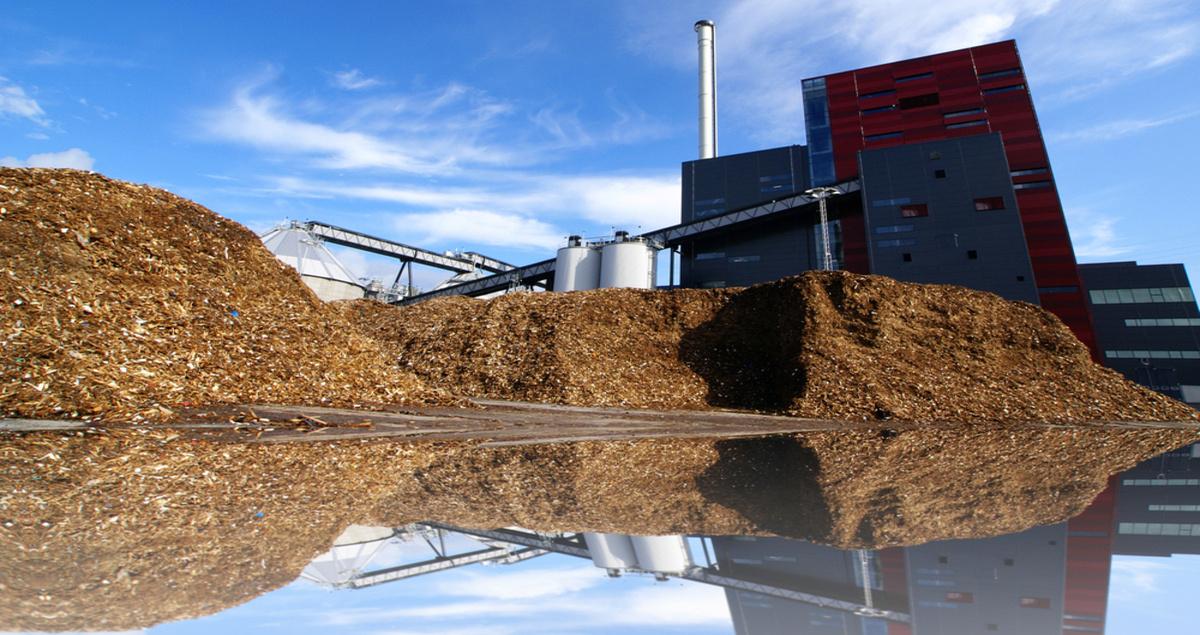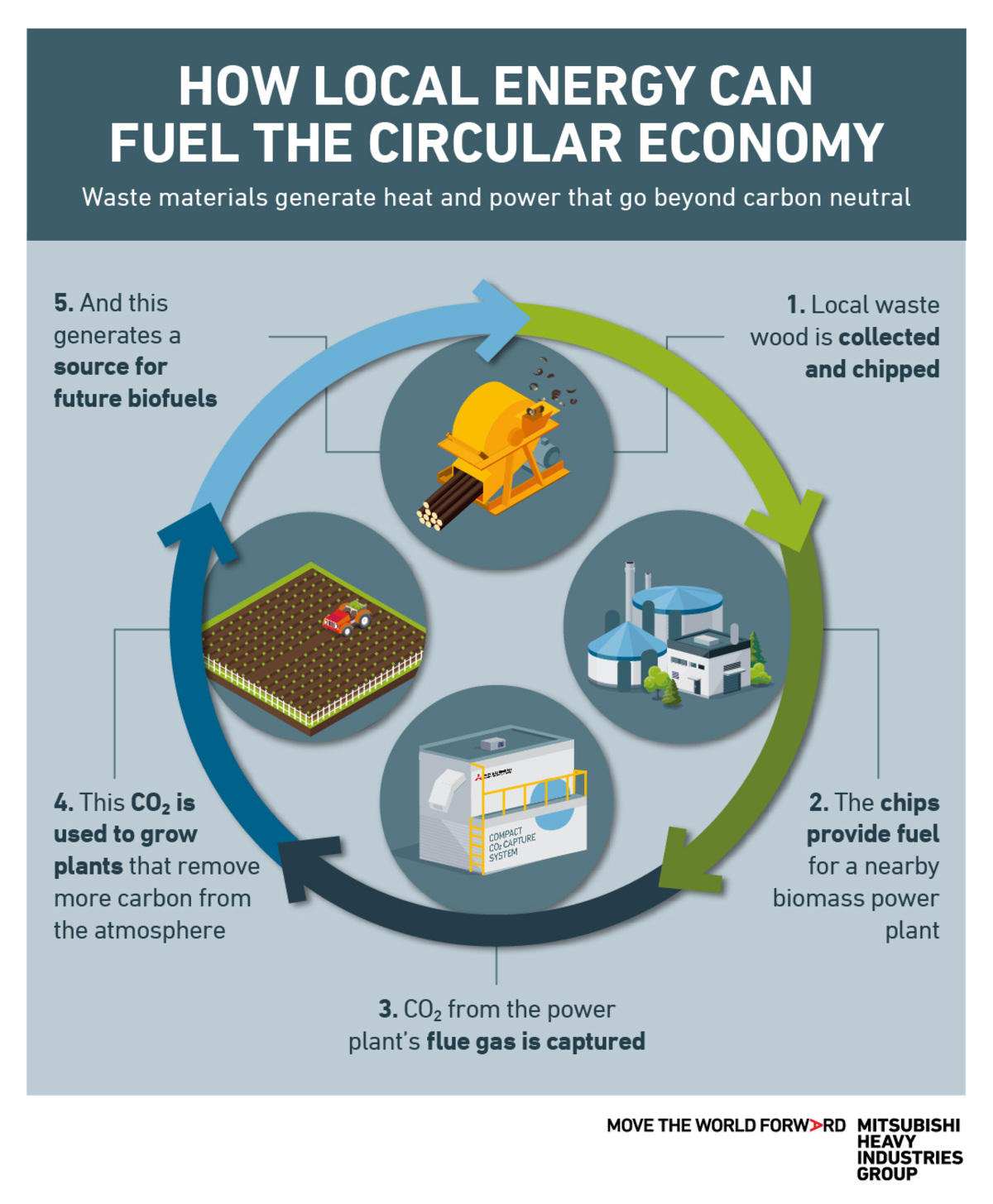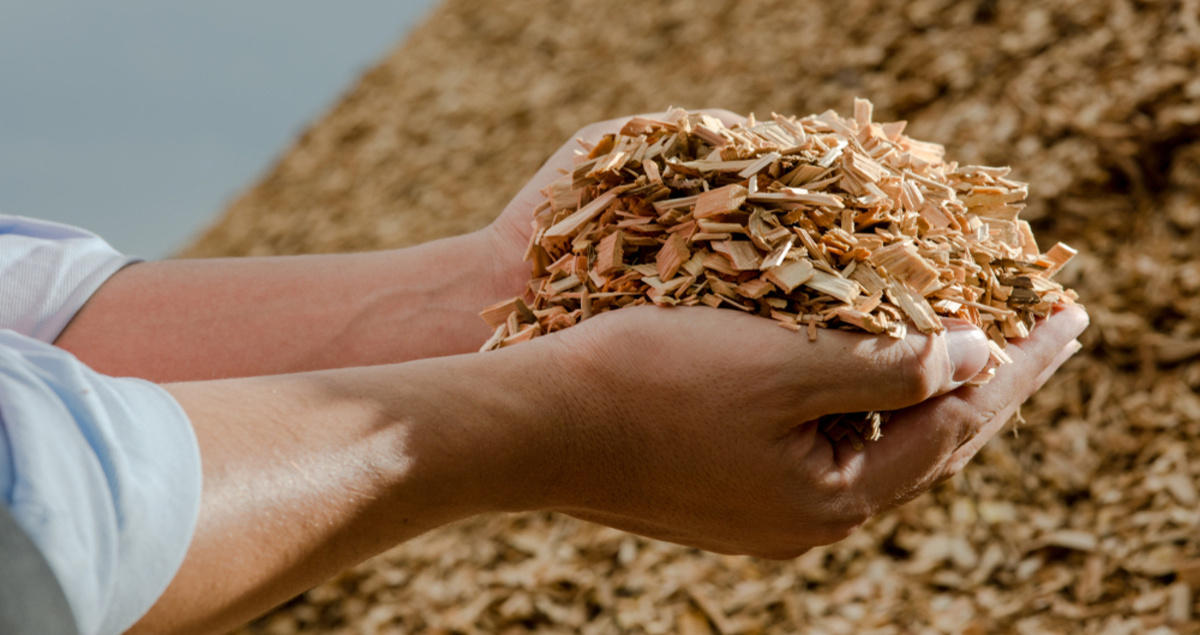Circular economy: The power plant powering plants

The quest for carbon-neutral solutions now dominates the energy sector and a host of other industries, so embracing technologies that utilize waste resources is a vital step in the right direction.
Circular power systems - those that reuse and recycle resources - can boost energy efficiency and reduce carbon footprints. They do this by using tools like carbon capture, utilization and storage (CCUS).
Attention is also turning to how these solutions can be used locally to make energy greener.
Harnessing captured CO2
The Japanese city of Hiroshima is home to a pioneering biomass power generation plant that aims to cut emissions by promoting the circular economy.
The 7-megawatt power plant is fueled by wood chips made from local waste wood. These would normally release naturally stored CO2 into the air when they are incinerated in the plant.
However, with a compact carbon dioxide capture system fitted to the plant, some of the plant’s CO2 emissions are separated from the facility’s flue gases and used. The compact system from Mitsubishi Heavy Industries (MHI) Group uses a proprietary high-performance KS-1 amine solvent to capture emissions.
The system’s standardized modular design reduces investment, operation and maintenance costs and allows faster delivery, making it much easier to install than larger bespoke capture systems.
Plans are in place to use captured CO2 from the plant in horticulture, to grow plants on a larger scale. There are also many other potential applications, ranging from making cement to the chemicals industry

Reusing waste in the circular economy
Bioenergy with carbon dioxide capture and utilization systems like the one in Hiroshima could provide a starting point to support efforts to decarbonize by maximizing local, efficient circular power and heat generation.
Plants like this use local waste materials like wood or agricultural residue as feedstock, which offers clear environmental benefits. Bioenergy doesn’t add extra CO2 into the atmosphere, as the CO2 released during power production with such fuels comes from carbon that circulates naturally in the atmosphere through photosynthesis and decomposition.
Carbon dioxide capture technology removes CO2 emissions at source while power is being generated, and then safely stores it. Negative emissions result if the amount of CO2 stored is greater than the level emitted during the production, transport, conversion and utilization of the bioenergy.

Protecting the planet
While the business case for CCUS is yet to be proven, scaling up technologies should bring down costs and make it more viable, in the same way that wind and solar costs have tumbled in recent years.
But for power producers and other heavy industries, adopting technology that promotes energy circularity has economic and environmental advantages. It reduces both the costs and consumption of electricity and generates additional income from selling surplus power back to the grid.
Local homes and businesses could also benefit from stable and plentiful power supplies and energy cost savings.
The real winner, though, is the planet. As the race to reach net zero accelerates, the potential for the energy sector to target negative emissions could make a vital contribution to countering the threats of climate change.
Learn more about MHI Group’s CCUS solutions





